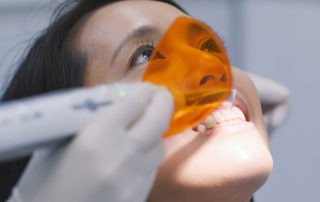Bridging the Communication Gap Between Dentist and Lab
Here at Exquisite Dental Tech, we’ve seen many amazing changes in the technology of dentistry over the last few decades. We’ve seen new restorative materials, advances in scanners, guided surgery, and milling techniques, amazing advances in implant dentistry, and similar things. But there is one thing that remains constant in our field: the need for accurate, complete, and timely communication between dentist and lab. Because no patient’s mouth is quite the same as any other’s, dental restorations will always be done on a case by case basis, and sharing the details of what must be done is absolutely necessary. This has always been true, but it’s especially so nowadays, given the wide choices that clinicians and patients have. There is a bewildering variety of dental products to choose from, and dentist and lab must be clear on which one is best for the patient. Years ago, dentists had to rely on phones, mail, and later faxes to communicate with labs. Now with modern scanning technology, far greater accuracy is assured. Also, newer products allow patients to be more picky about things like which shade they want for their restoration. Though oral health is always the doctor’s first concern, [...]



